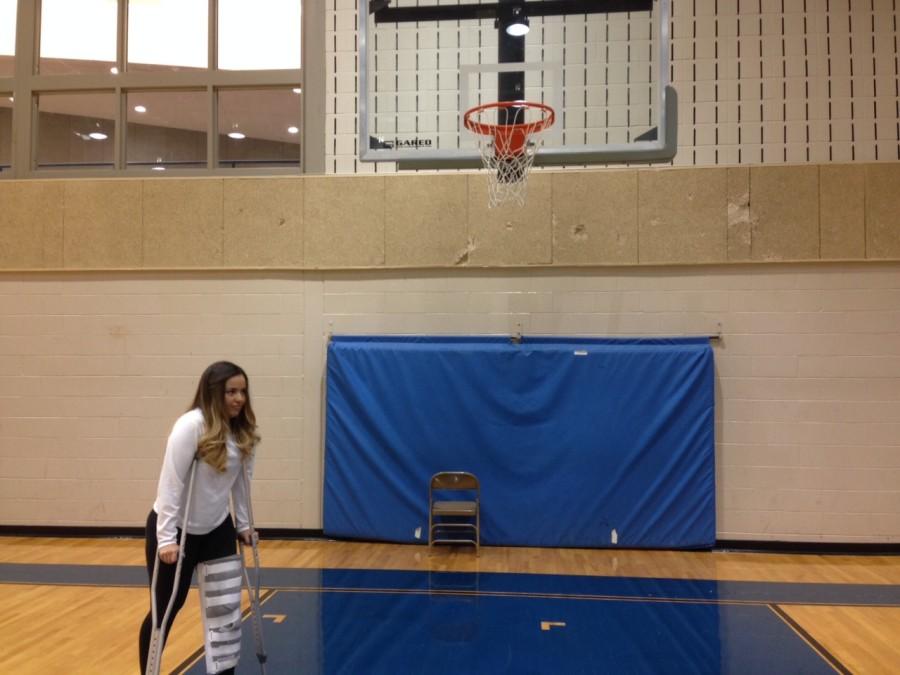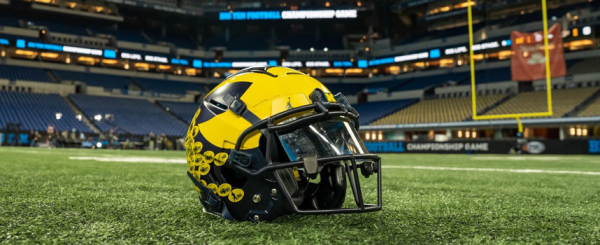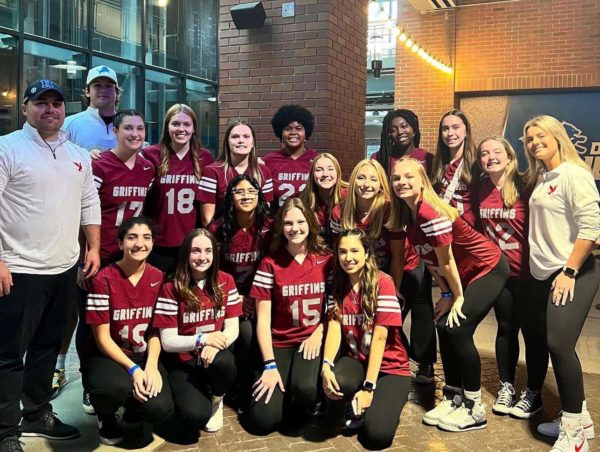Sports injuries provide challenges for athletes and teams
September 28, 2015
Sophomore cross country runner Amanda Label grits her teeth in pain as the ache in her back and knees begins to get worse. Suffering from Osgood-Schlatter disease and diabetes, Label has confronted the downside of competing in athletics: the injuries.
According to Stanford Children’s Health, almost one-third of all childhood injuries are athletics-related, the most frequent being contact sports. For example, hockey can be expected to develop more injuries because it is more dangerous compared to a non-contact sport such as swimming. However, injuries in non-contact sports do occur.
“Well, cross country is known to nationally be one of the highest injury per athlete sport in the country, we work so hard and put so much stress on the body and don’t really get to run on soft surfaces, so usually there’s a lot of injuries,” cross country coach Mr. Larry Adams said. “It’s like any other team around; they go through injuries every year, it’s just a matter of how you get through it until the end of the season.”
Unfortunately, many athletes often have to deal with injuries long-term.
“When you have an injury, it can really lag on for a long time, affecting you in not just academics, but in your social life and personal life,” athletic director Mr. Luke Beach said. “We had a student athlete who had a severe concussion last year, and it took her about six to eight weeks just to recover from it. She had to miss a considerable amount of school, and had blurred vision even several weeks after the concussion.”
It’s not just the pain of being hurt that athletes have to endure.
“Not being able to play at the games for the season is the worst thing about being injured,” sophomore Paola Barraza said.
Barraza’s knee has popped twice, the second time occurred right after she finished rehab because someone stepped on her foot as she was turning around. Little did Barraza know that this action would cause her to wear a large cast for a month until she receives surgery, and then eventually physical therapy.
Excused for the previous season and the beginning of this year’s cross country season due to a stress fracture, senior Shane Skelcy understands Barraza’s view.
“It’s pretty tough because being away from the team atmosphere and all the fun and day-to-day activities is kind of like jeez, you know, I missed out on an inside joke,” Skelcy said. “It’s tough watching everyone.”
Sports teams can be negatively affected by the loss of a player as well.
“You are looking at a team that could make it to the state championship, but you are now missing someone who is very integral to their success,” Mr. Beach said.
Mr. Adam’s shares these views as well and explains the effects injuries have on his team.
“It slowed down our progress a little bit for sure obviously, we’re training people in different ways. We have someone in the swimming pool every day, or on a bike, or running on grass all the time in order to train and get better,” Mr. Adams said. “There’s a 12-week season, and hopefully by the middle of October everybody’s healthy and training together.”
Barraza tries to look on the bright side about coping with injury.
“You get in better shape than you were before being injured because you don’t want to become weak so you can get hurt again,” Barraza said. “You have a drive to want to become stronger.”
Skelcy further connects with Barraza’s positive outlook on injuries.
“It’s an experience that you can bring back to your teammates so they don’t get injured too, and it makes the team better overall,” Skelcy said. “It’s nice because you can help fellow teammates out so they don’t end up going through the same thing.”








